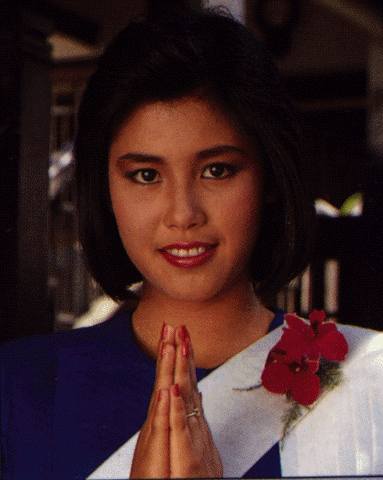Culture of Marriage in Asia
In Asia, arranged marriages are frequently the way that a man and woman get married. The reason for this is that Asian societies have largely avoided many of the social changes that have disrupted Western home life and preserved their union culture. The functions of women are mostly subordinate to those of their husbands in this program, which is also predominately male. Females are therefore expected to do a tremendous amount of housekeeping, and some find this burden to be too great and choose to leave their husbands in favor of their jobs.
It is feared that this trend, which has accelerated recently, will destroy Eastern nation and cause chaos. The journey from relationship threatens to cause unheard-of stresses in China and India how to find an asian woman to marry, which are the two countries with the greatest worries. If this pattern persists, there will only be 597 million people among these two giants in 2030, compared to 660 million men between the ages of 20 and 50. Due to the severe lack of brides that will result, there will be a number of issues. Brides may be coerced into prostitution, and young men may remain “in purdah” ( marriage abstaining ) until they are older and have more financial security.
The reasons for moving away from arranged spouses differ from nation to nation, but one crucial issue is that individuals are becoming less happy with their unions. According to studies, both husbands and wives in Asia express less pleasure with their relationships than they do in America. Additionally, ladies express more unfavorable views on marriage than do their male counterparts. For instance, a well-known Taiwanese blogger named Illyqueen recently railed against” Mama’s boys” in their 30s who do n’t work hard or do housework and who have lost the ability to keep their word ( like marriage ).
Some Asians are delaying both childbearing and wedding as a result of rising disparity and employment vulnerability brought on by the rapid economic growth. Given that raising children is the primary purpose of marriage in the majority of conventional societies and that romance has little to do with it, this is not entirely unexpected. As a result, fertility rates in East asian nations like Japan, Korea, and China, which were large for much of the 20th decade, have drastically decreased.
Breakup costs have also increased, though they are still lower than Western prices. It is possible that these tendencies, along with the collapse in arranged relationships, will lead to the Asian model’s demise, but it is too early to say. What kind of relationships the Asian nations have in the potential and how they react to this problem may become interesting to observe.

